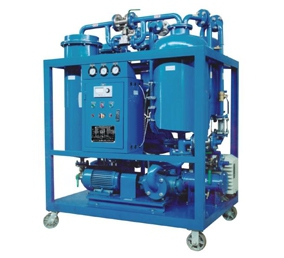Hydraulic cylinder manufacturer What are the functions and forms of cylinder cushion?
In today's machinery and machine tools Hydraulic cylinder Work with heavy load at a faster and faster rate. The saved US seconds can improve productivity and reduce costs. So the machine designer must find a way to operate the cylinder as quickly as possible. Simply increasing the cylinder speed will eventually lead to unacceptable hydraulic impact load. The large inertia force generated at the end of the stroke must stop without endangering the cylinder or load. One way to maintain a high average speed in the cylinder is to introduce a buffer at the end of the stroke. The built-in speed reducer is designed to reduce the excessive deceleration force and peak hydraulic pressure caused by the sudden change of speed to a minimum. Ideally, buffering should achieve uniform deceleration by establishing a constant pressure during deceleration. In the buffer of the hydraulic cylinder, once the buffer plunger or buffer sleeve with special shape or contour is used, the device can be provided with programmed deceleration.

In the buffering of the hydraulic cylinder, the plunger and the sleeve close the main oil drainage channel of the cylinder head or the cylinder head, close the oil between the piston and the cylinder head or the cylinder head, and the speed of the trapped cylinder is controlled by the throttling device. Regardless of the clearance between the piston and the cylinder hole, the buffering itself must be properly aligned. In order to promote the matching with the matched orifice, a short cone is used in the guide part of the buffer plunger and the buffer sleeve. In addition, the annular gap must be concentric so that the fluid flow characteristics are consistent from one stroke to the next. The common buffer design is the cylindrical plunger and sleeve with fixed clearance, which have been used in a wide range of cylinder applications. It is economical to manufacture and can provide buffer in a narrow combination of load and speed. The buffer design can also be a conical scheme, which usually includes a cone accounting for 2/3 of the buffer stroke length, followed by a cylinder diameter of the last 1/3 of the stroke. Another kind of cushion design is the anti parabola for properly determining the size of the oil cylinder. This design is extremely expensive to process, so it cannot be economically used in a wide range of products. The structure of a series of orifices in the buffer sleeve or plunger can also achieve uniform deceleration. This kind of porous or piccolo buffer processing and control is also very expensive, and is only used on cylinders with high buffer requirements.



